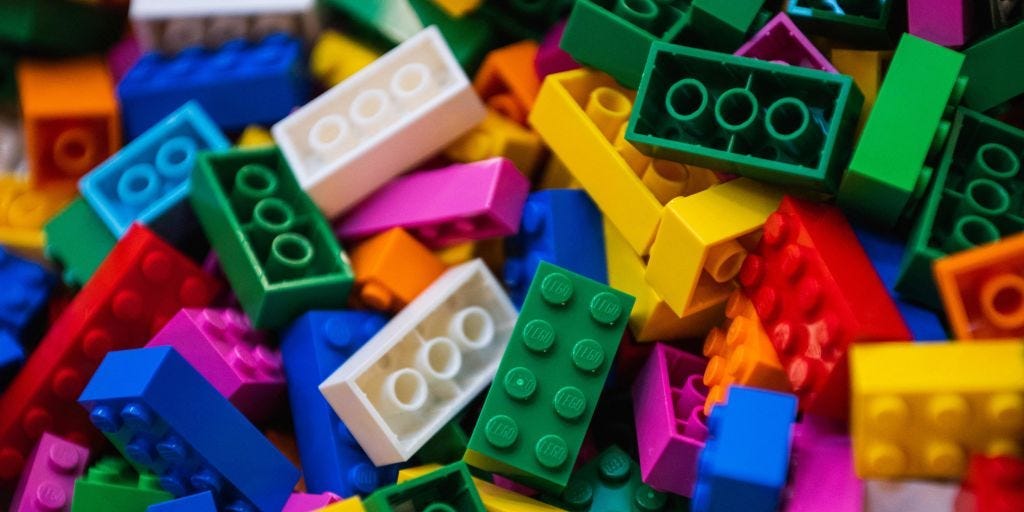- Despite the “most negative toy market in 15 years,” Lego said consumer sales grew 4% last year.
- The Danish toy icon outperformed competitors like Mattel and Hasbro.
- Toys are cheaper than ever, much to the chagrin of millennial parents.
Thanks for signing up!
Access your favorite topics in a personalized feed while you’re on the go.
download the app

It turns out people still love Lego.
It’s a brutal climate for toymakers, but Lego said it outpaced the market in 2023, with consumer sales growing 4%.
“We are pleased with our performance given that 2023 was the most negative toy market in more than 15 years,” Niels B. Christiansen, CEO of the Danish toy icon, said in a statement. “We significantly outpaced the market.”
Lego’s sales last year were driven by growth in the US and Central and Eastern Europe, the company said, despite declines in China.
Lego launched its partnership with “Fortnite” in 2023, and other popular products included nostalgia-fueled collabs with “Star Wars” and “Harry Potter.”
Lego has been leaning more and more into the so-called “kidult” market, referring to toy lovers over 18, with ranges inspired by F1 and “Dune.”
The company said overall revenues grew 2% last year to 65.9 billion Danish krone, or $9.7 billion. In 2023, the company opened 147 branded stores, bringing its global total to 1,031, and launched a membership program called Lego Insiders.
Lego’s sales report was a bright spot amid a 7% decline across the global toy market, according to The Wall Street Journal, which noted that Mattel sales were flat last year (despite the frenzy fueled by the “Barbie” movie.)
Hasbro — which owns Monopoly, Nerf, and Play-Doh — reported a 15% decline in revenues.
Lego saw gains as frustration around toy clutter is mounting — especially among millennial parents.
In December, Business Insider’s Katie Notopoulos reported that millennial parents are overwhelmed by a growing mass of plastic toys — often gifted by well-meaning boomer grandparents.
The glut of cheap toys is thanks in part to the fact that the toy prices have defied inflation and gone way down over the past 30 years — largely because of cheap overseas manufacturing.


